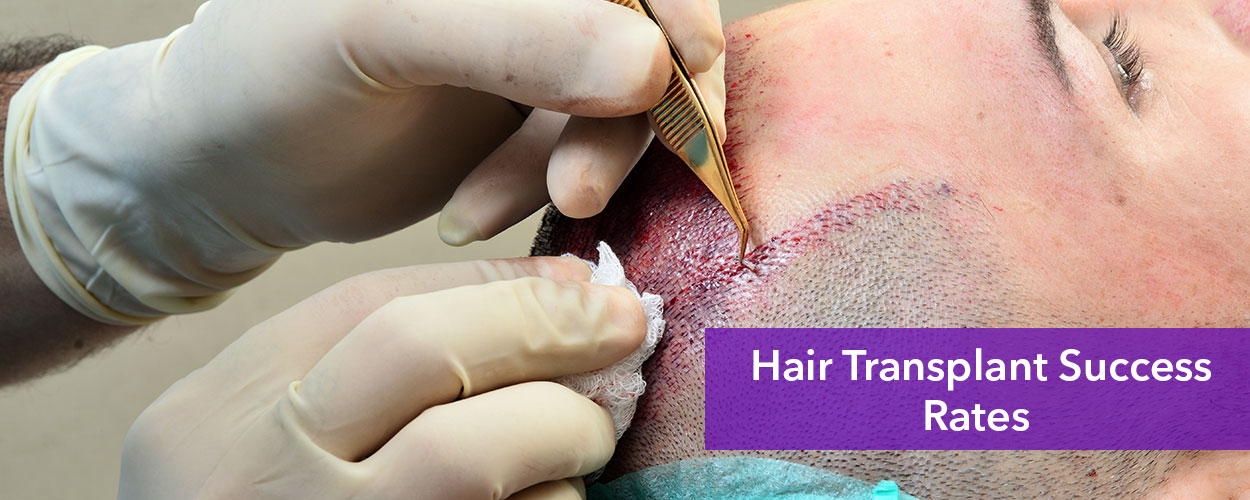Factors affecting the success of hair transplant
1. Type of technique
As discussed before, there are primarily three different methods of hair transplant surgery. Out of these three, the FUE method enjoys the highest popularity. FUE method is a minimally-invasive technique that causes less scarring than the FUT method of hair transplant. It also offers other advantages, including a short recovery period and faster results. With the recent use of diamond and sapphire blades, the FUE technique has attained higher levels of precision and accuracy, paving the way for effective results.
DHI has recently started gaining more attention from plastic surgeons as well as patients. The technique, with certain modifications, has the potential to replace FUE as the best method for hair transplant surgery.
2. Characteristics of the hair
The texture of the patient’s hair has a huge impact on the outcome of the surgery and how long the transplant results will last. Patients who have thick, curly, and dense hair will achieve desired results with very few grafts.
Whereas patients who have thin, straight, and less dense hair will require more grafts for the surgery, making the success rates a little less than expected. This doesn’t imply that patients with straight hair won’t get successful results as the hair density will decide the outcome. Each hair characteristic contributes to this in some or another way.
3. Surgeon’s expertise and clinical infrastructure
Another factor that assures high hair transplant success rates is the experience and skill of the plastic surgeon. Hair transplant can be a tricky procedure to deal with. A good, and more importantly, board-certified surgeon can anticipate all the challenges that may arise during the surgery and deliver solutions to handle them on time. Plus, with the added advantage of experience, a patient can expect a successful as well as natural-looking look.
It is always a good idea for the patient to look for the facility where the surgery will take place. The healthcare facility for a hair transplant surgery should be fully equipped to handle any sort of medical emergency during the procedure. This will also help the patients to decide whether they should go ahead with the respective surgeon or not.
4. Patient profile
Just like the hair, the patient’s age and general health also contribute towards the success of hair transplants. As a person ages, their follicles start losing the ability to produce new hair. This can cause hair thinning even after a successful hair transplant surgery.
The patient’s scalp should also be in a good health in order for the transplanted follicles to grow. Sometimes, the new follicles take up the characteristics of the original follicles in the recipient site over time, a phenomenon known as recipient dominance. This can cause the transplant to ultimately fail.
Lastly, the patient’s general health should be steady. Patients suffering from diabetes or other severe conditions like cancer should avoid hair transplants as the surgery won’t yield any results for them.
5. Post-op Treatment care
The surgery may go well, but if the patient doesn’t show compliance with the post-op care and instructions, the expected results will not be achieved. Therefore, following the necessary steps after the surgery will help the patient to achieve voluminous and dense hair growth.



